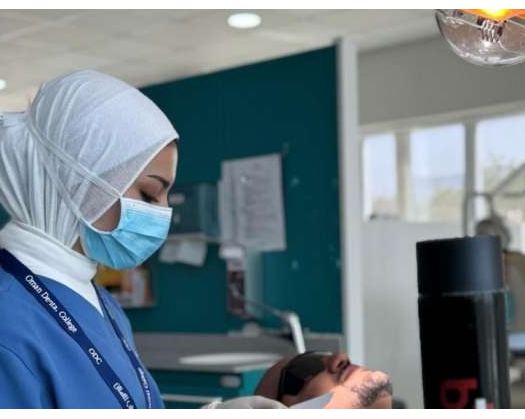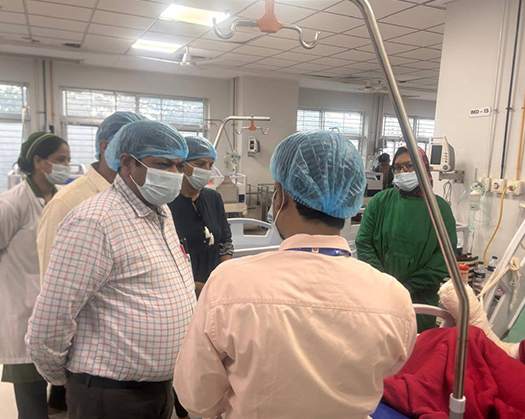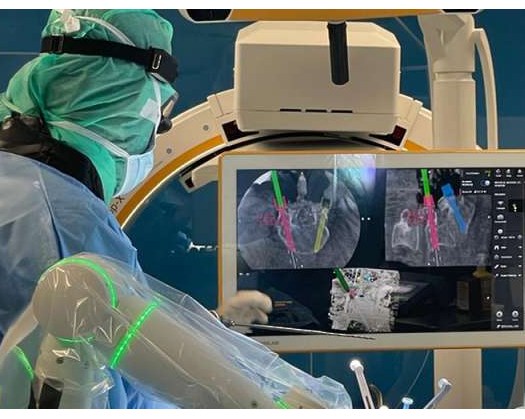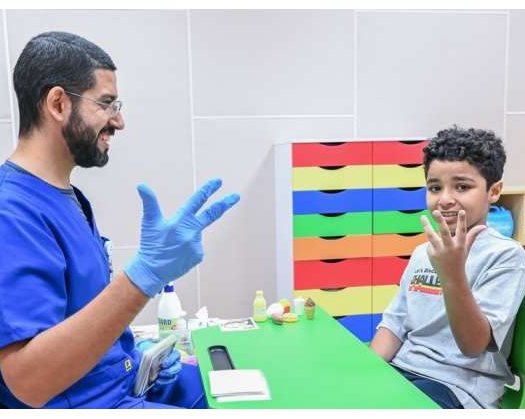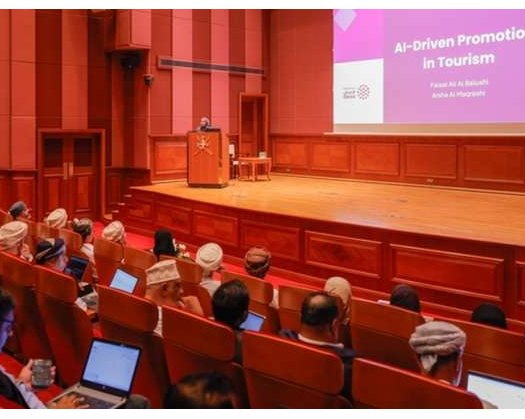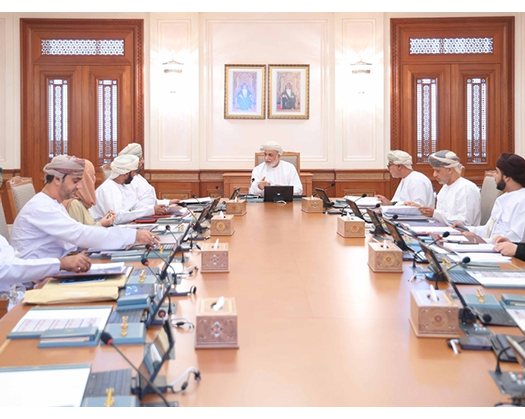Muscat: An inventive team from the Oman Dental College has successfully produced a dental filling using Omani Portland cement reinforced with carbon nanoplates, resulting in the first substance to provide tremendous strength while remaining entirely biocompatible with dental tissues. This discovery opens up new avenues for worldwide dental care.
Malak Khalifa Al Harthy, a member of the research team Pulp49, told the Oman News Agency (ONA) that the idea originated from observing how traditional fillings frequently fail to strike a balance between strength and biocompatibility. As a result, the team set out to build a new composite that would achieve this difficult balance.
She described the composite as a dental filling formed by combining Omani cement with graphene sheets, resulting in a substance with excellent mechanical efficiency and considerable biocompatibility. This has resulted in visible and fast repair of the nearby dental tissues.
The development of the composite required approximately five years of study and experiment, beginning with cell-level testing and then animal experiments in partnership with the Mounted Police Command. It is currently in the second phase of human testing, and early findings show extremely encouraging outcomes.
This composite, according to her, offers a cost-effective option while increasing the durability and efficacy of dental procedures. This is a significant breakthrough in dental materials, with enhanced outcomes for both patients and dentists.
One of its primary advantages is excellent biocompatibility, since the incorporation of carbon nanoplates improves the material's good interaction with biological tissues while simultaneously strengthening its mechanical characteristics. This makes it especially well suited for complicated and difficult dental operations.
Furthermore, the composite promotes tissue regeneration by creating an optimal environment for the regeneration of cells in surrounding dental tissues. This effect is due to the synergistic interaction between the carbon nanoplates' characteristics and Portland cement's calcium ion-based reaction with physiological body fluids.
The composite also has good sealing properties, with the nanoplates' increased volume and unique characteristics improving its ability to fill gaps and gaps, making it ideal for applications requiring tight seals or water resistance.
The invention has been officially acknowledged, with a patent issued in the Sultanate of Oman and international registration. The squad is now completing the final phases of development after gaining critical help from the Ministry of Higher Education, Research, and Innovation, which has paved the way for its launch in local and then global markets.
Addressing the project's obstacles, she said that the team had difficulty achieving the ideal composition, necessitating several rounds of testing, experimentation, and model adjustments before finalizing the approved formula.
She emphasized the considerable assistance received, with the Oman Dental College supplying required materials and the ROP Mounted Police helping with trials. She also thanked Dr. Abu Bakr Qateeshat, Head of Graduate Studies, Research, and Development at the college, and Dr. Aida AlWahaibi for their direct support, as well as her family for their encouragement, which served as a significant inspiration in reaching this milestone.
She said her selection to represent Oman at the International Invention, Innovation, and Technology Exhibition (ITEX) in Malaysia in 2025 was an opportunity to highlight Omani youth's talents and contributions in developing creative solutions that improve Oman's global standing, while also promoting knowledge exchange with inventors from around the world.
Malak Khalifa AlHarthy stated in conclusion that Omani youngsters are capable of great accomplishments if they believe in their ideas and channel their creativity to serve society—particularly when innovation is authentic, meets genuine needs, and contributes to the country's progress.

